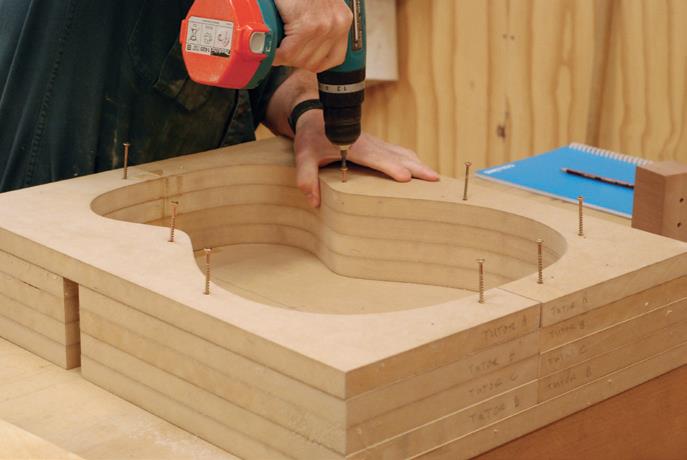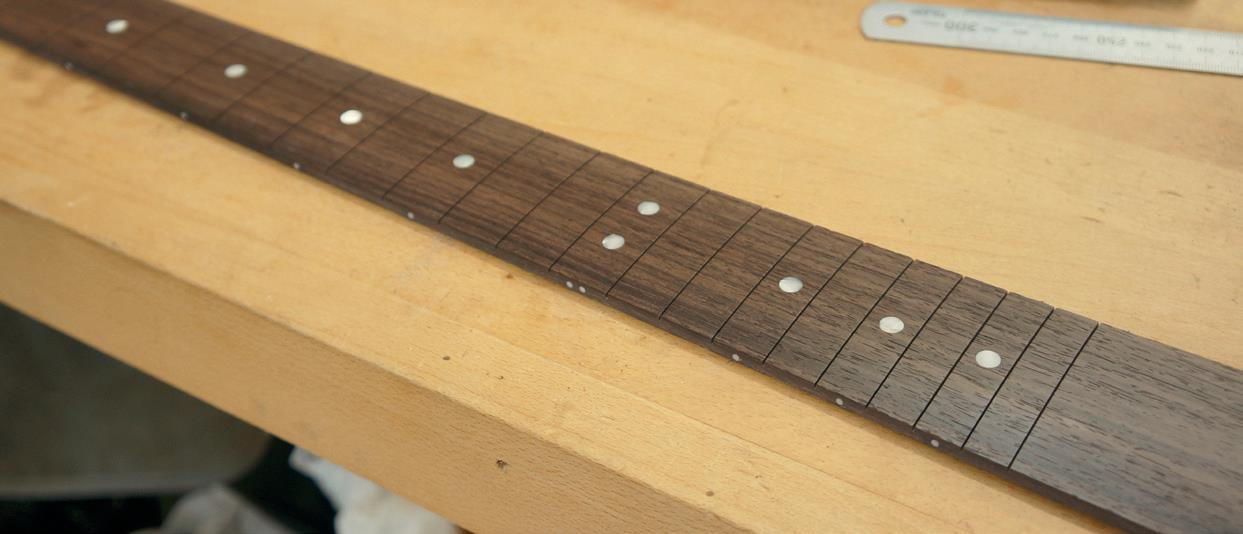

Countless other materials are often also used including Mahogany, Cedar, and more exotic wood species such as Koa. Spruce has also been used extensively in the design of aircraft due to its strength-to-weight ratio. This is the component most responsible for the tone, responsiveness, and projection of the guitar and is usually constructed from a strong, yet light species of timber such as Spruce. The most important component of the acoustic guitar is undoubtedly the soundboard or top wood. When it comes to building an acoustic guitar this means selecting the wood for the body (soundboard, back, and sides), the neck, fretboard, and bridge.Įach component of the guitar plays a different role in how the guitar sounds and plays, and as a result, may utilize different materials and different species of timber that have different characteristics. The guitar building process begins with the assembling of raw materials, aka tonewoods. We’ll get things underway with an overview of perhaps the most important component, assembling the raw materials, or tonewoods. Planing and thicknessing the soundboardĪs you might imagine, there’s a lot to cover in this article.Marking out the soundhole and installing the rosette.The Processįor a relatively simple instrument (simple, does not mean easy) the process of building an acoustic guitar is highly sophisticated and involves the following steps: Ok, with that out of the way, let’s discuss how acoustic guitars are built. So, the information below is simply one way to go about building an acoustic guitar. Keep in mind also, that guitars differ from body style to body style and brand to brand, and processes vary, based on the use of machinery, experience, and expertise.
Build soundproof guitar shed how to#
Hopefully, it provides a taste of what you might encounter if you decide to learn how to make your own acoustic guitar, or helps you learn more about, and appreciate, the guitar you currently play.

It’s intended as an overview of the process. With this in mind, the process below is not a tutorial by any means.

So, while I’ve been around guitars most of my life, luthiery is a different beast, it’s an art form and one I greatly respect. Luthiers are highly skilled craftsmen who do magical things with wood.Ĭonsider the fact that an average guitar might weigh between 2 and 5lbs, but must be capable of handling up to (and in some cases beyond) 200lbs of tension from the strings.

How are acoustic guitars built?īefore we get too far into this guide. inlays and construction of the nut and saddle are completed before the tuners are installed and the guitar is strung up and ready to play. Once cured all components are assembled and detailed work e.g. Finishing products are then applied before being sanded and polished. The fretboard is constructed next and calculations are made to provide accurate fret spacing for the guitar’s intonation to be correct. The neck is then built, using a scarf joint to connect the neck to the headstock. The back is also braced, and linings are installed on the sides of the body to increase the surface area for gluing the top and back. The back and sides are then cut to shape. In the following article, we’re going to take an in-depth look at the entire process.Īcoustic guitars are made by sourcing the materials (tonewoods), shaping, marking out the soundhole, planing and thicknessing the top (soundboard), and installing bracing to handle the tension from the strings and distribute vibrations. Ever wondered how acoustic guitars are made? While they might appear a simple instrument on first impression, there’s a lot of history, ingenuity, and expertise that goes into producing a quality acoustic guitar, far more than an electric guitar.


 0 kommentar(er)
0 kommentar(er)
